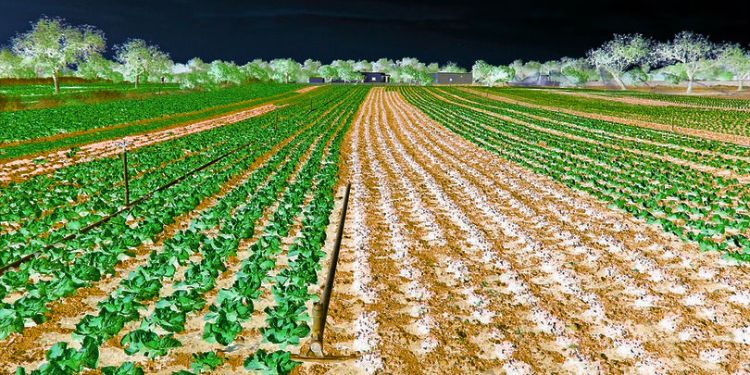The world’s largest retailer is joining the blockchain revolution. Walmart has announced that it will use blockchain technology to trace its produce, especially leafy greens, all the way back to the source, in an attempt to stop the spread of E. coli and other bacteria found in lettuce.
Walmart cites the large outbreak of E. coli in romaine lettuce this past April that infected 210 people and left 96 of them in the hospital. Five deaths were reported from the outbreak. The Center for Disease Control issued a warning to avoid eating lettuce that was grown in Yuma, Arizona.
Frank Yiannas, vice president of food safety at Walmart, breaks down the issue.
“It was difficult for consumers to know how to determine where their lettuce was grown,” Yiannas said. “None of the bags of salad had ‘Yuma, Arizona’ on them. In the future, using the technology we’re requiring, a customer could potentially scan a bag of salad and know with certainty where it came from.”
Yiannis said it could normally take his team up to seven days to track the origins of a food product. The blockchain transforms this process entirely.
Walmart explains in a statement,
“This change means that the information gathered by these suppliers will be open and accessible through technology that offers real-time, end-to-end traceability from farm to table. Blockchain allows for digitized sharing of data in a secure and trusted way.”
“Walmart believes the current one-step up and one-step back model of food traceability is outdated for the 21st century and that by, working together, we can do better. There is no question that there is a strong public-health and business-case for enhanced food traceability.”
[the_ad id="42537"] [the_ad id="42536"]Joining Walmart, Sam’s Club will also require their leafy green suppliers to upload data about their food to the blockchain. Full implementation is expected within a year.
According to the latest study by Grand View Research, the blockchain market is predicted to ride an annual growth rate of 37.2% to reach $7.59 billion by 2024.












